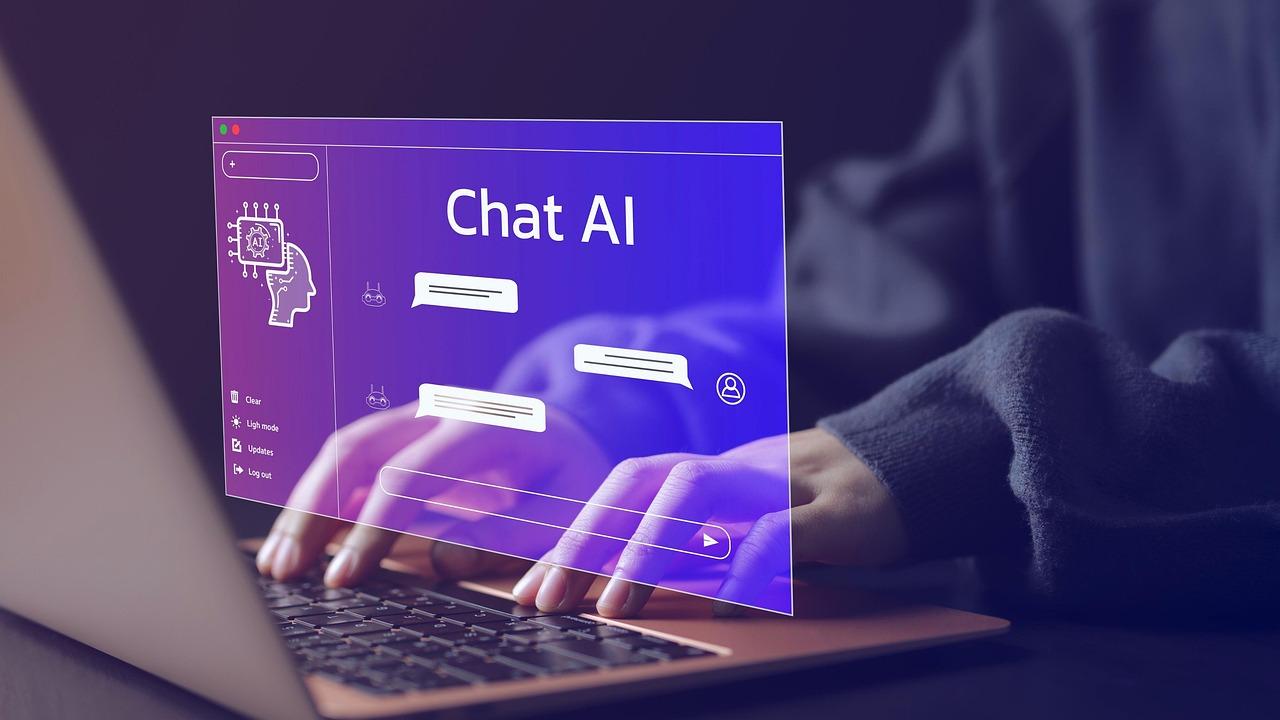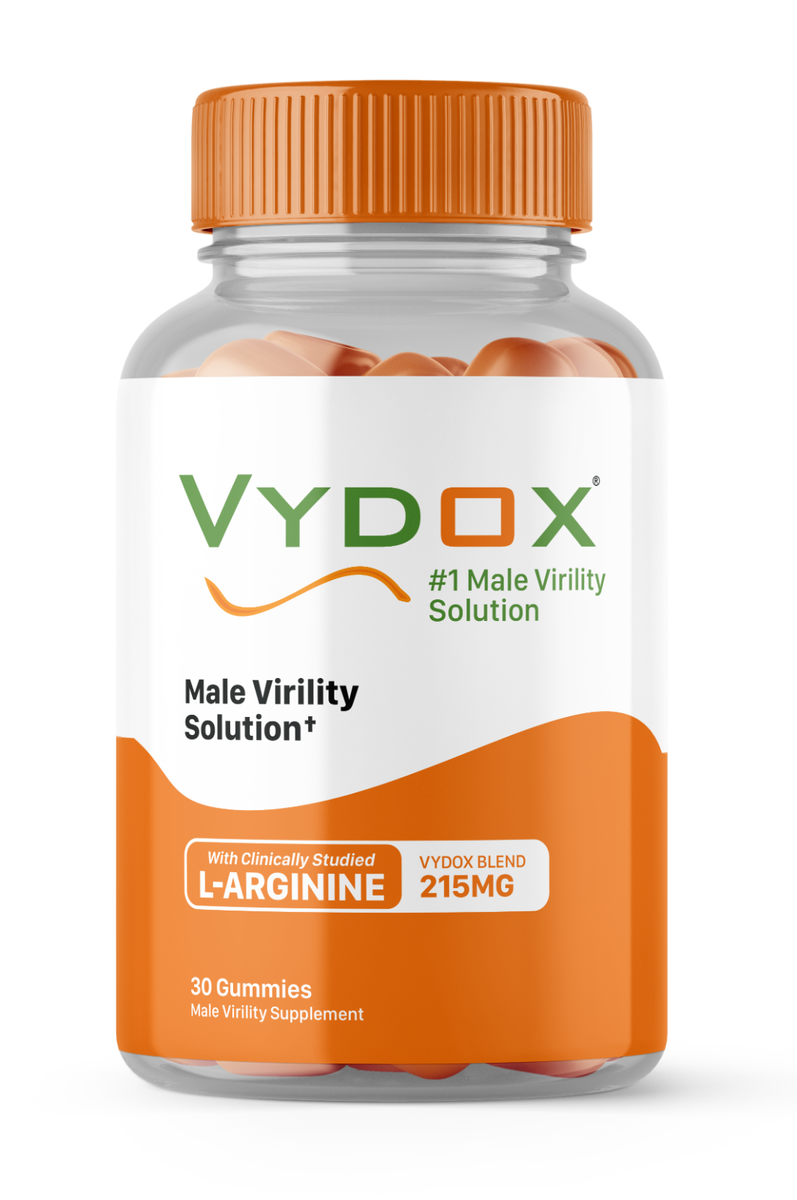The Growing Debate Around Unfiltered AI Chat

Conversations with artificial intelligence have become a normal part of everyday life, but the growing interest in unfiltered AI chat is sparking new discussions. Unlike their mainstream counterparts that apply strict moderation rules, these platforms aim to provide responses without heavy censorship or filtering. Supporters argue this makes the AI more “honest” and less constrained by corporate guidelines, while critics see potential risks in removing safety checks.
One of the key reasons people turn to unfiltered versions is curiosity. They want to see how an AI might respond without a pre-programmed set of guardrails. This curiosity isn’t always about seeking harmful content—it can be about exploring taboo topics, testing the AI’s knowledge, or having a conversation that feels more “real” than a moderated chatbot. But this same openness can lead to unregulated and sometimes harmful exchanges.
Ethics sit at the heart of this debate. Moderated AI exists to reduce the spread of misinformation, prevent harassment, and keep interactions safe for all ages. But some users see these protections as overreach, claiming they restrict free expression and honest debate. Others point out that AI, when left unfiltered, can unintentionally produce biased, offensive, or misleading content, amplifying existing societal issues.
Another layer of complexity comes from how “unfiltered” is defined. Some AI chat tools market themselves as unrestricted but still apply minimal filters for compliance with laws. Others go completely raw, outputting anything the model generates without checks. This variance means users can have very different experiences across platforms, which further fuels the debate over what’s acceptable and what’s not.
There’s also the question of responsibility—should the AI provider be liable for what the AI says, or should the user bear responsibility for engaging with it? Legal systems worldwide are still catching up to these questions, and the answers may vary depending on local laws and cultural expectations.
For many, the attraction of these platforms comes down to a desire for open dialogue with machines that feels less curated. But that freedom comes with trade-offs. Without clear guidelines, AI can mirror human prejudices or give dangerously inaccurate information. And unlike conversations with humans, AI has no conscience or moral compass—it simply predicts and generates responses based on data.
The growing popularity of unfiltered AI chat suggests a public appetite for raw, unmoderated interaction. But it also serves as a reminder that with greater openness comes greater responsibility—for both the creators of these tools and the people who use them. Whether this trend will lead to better understanding or more harm depends on how society navigates the fine balance between free expression and the safeguards that keep online spaces healthy.







